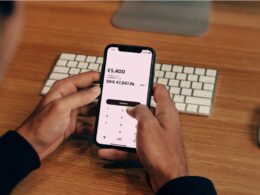In a move set to supercharge digital learning across India, Google is now offering a free one-year subscription to its flagship Gemini Pro AI suite—worth Rs 19,500 annually—to college students. This offer is open to all students aged 18 and above currently enrolled in recognized Indian colleges or universities, and runs until September 15, 2025.
The offer isn’t just about bringing another productivity tool into the classroom. Google’s initiative comes hot on the heels of a revealing Google-Kantar study: an overwhelming 95% of Indian student users say they feel more confident after using Gemini daily, and three out of four are actively looking for an AI collaborator to help them excel. Clearly, Google’s betting big that access to premium AI could be a game-changer for young learners.
So, what exactly do students get with this deal? The complimentary Gemini AI Pro plan unlocks access to Google’s most advanced tools—including the powerful Gemini 2.5 Pro model and NotebookLM with increased limits. Students can also take advantage of real-time brainstorming with Gemini Live, generate videos using Veo 3 Fast from text or images, and tap into Deep Research for personal research assistance. For those who love podcasts or audio notes, Audio Overviews is also included.
Storage headaches? Not here. Each student receives a whopping 2TB of cloud storage spanning Google Drive, Gmail, and Photos—enough space for everything from sprawling research projects to creative media files and coursework backups.
Claiming the offer is straightforward. Eligible students need to verify their enrollment using SheerID and sign up with a personal Gmail account. Once verified, they’ll enjoy twelve months of premium AI features—free of charge.
Ultimately, this push isn’t just about handing out freebies; it’s part of Google’s broader effort to arm India’s next generation with cutting-edge digital tools that foster creativity, boost productivity, and instill confidence in academic life. With digital skills more vital than ever, students across India now have unprecedented access to resources previously out of reach—a bold step in bridging the digital divide.









